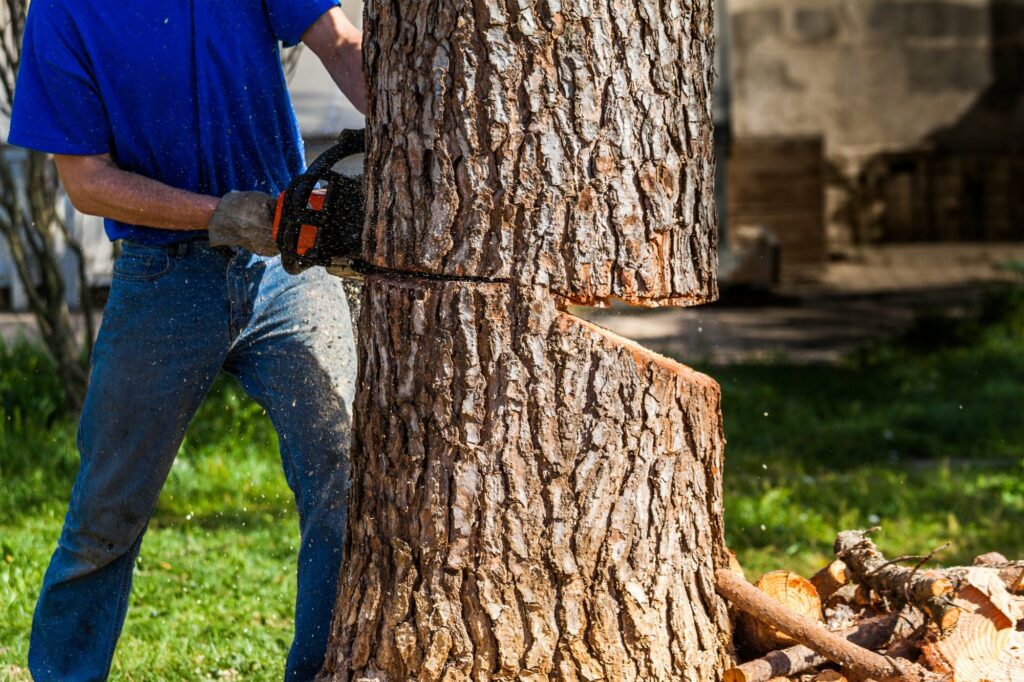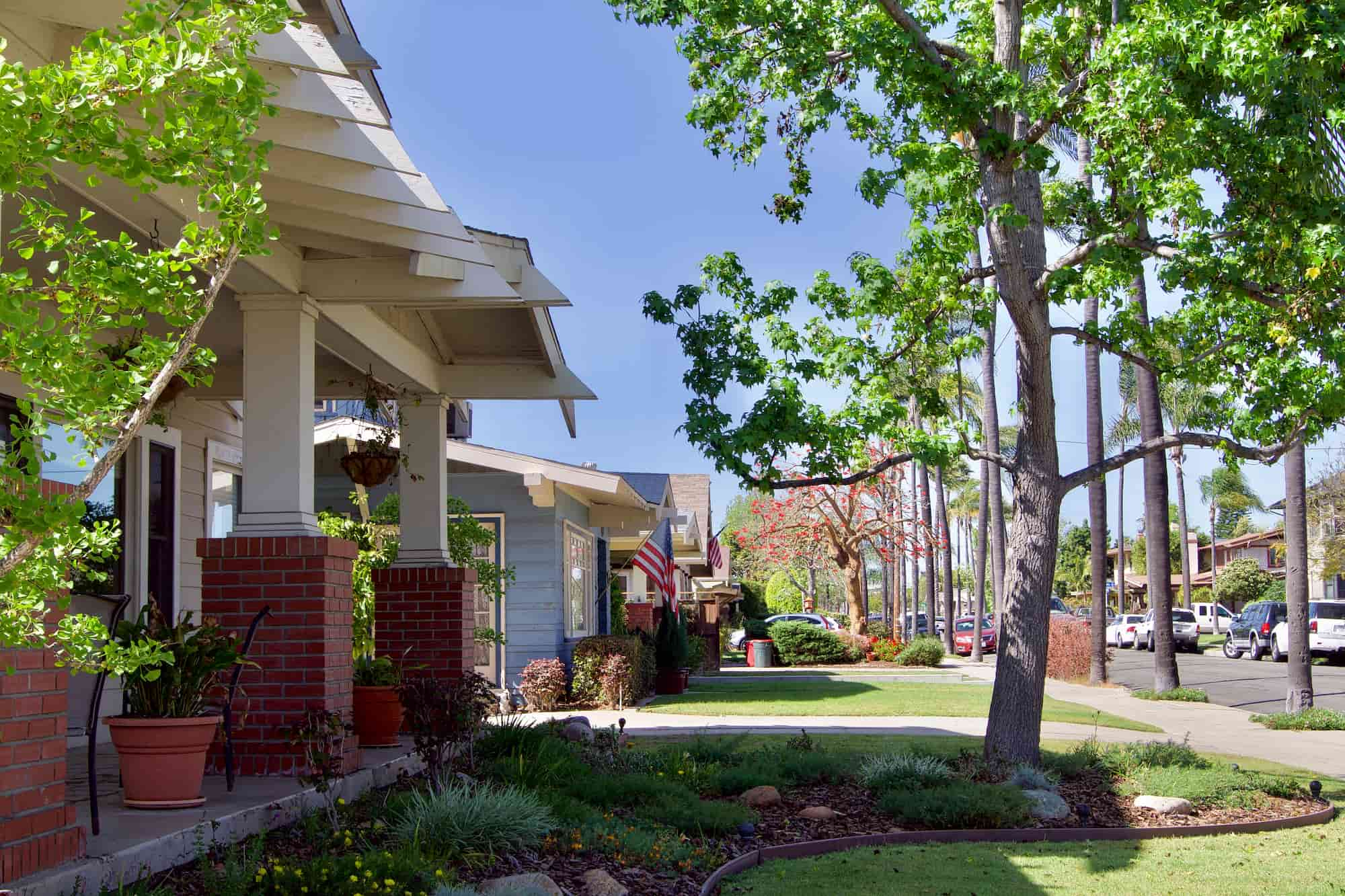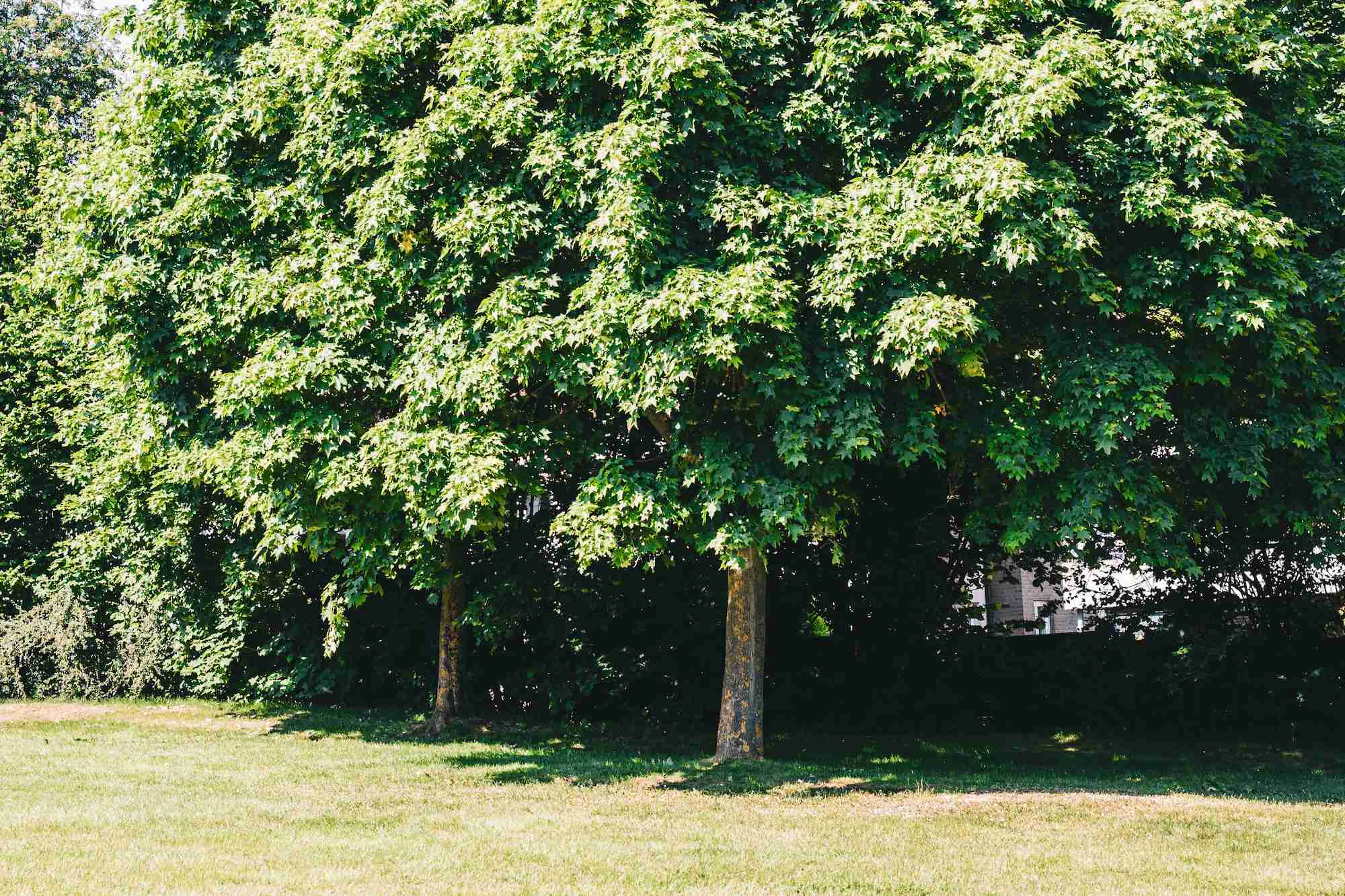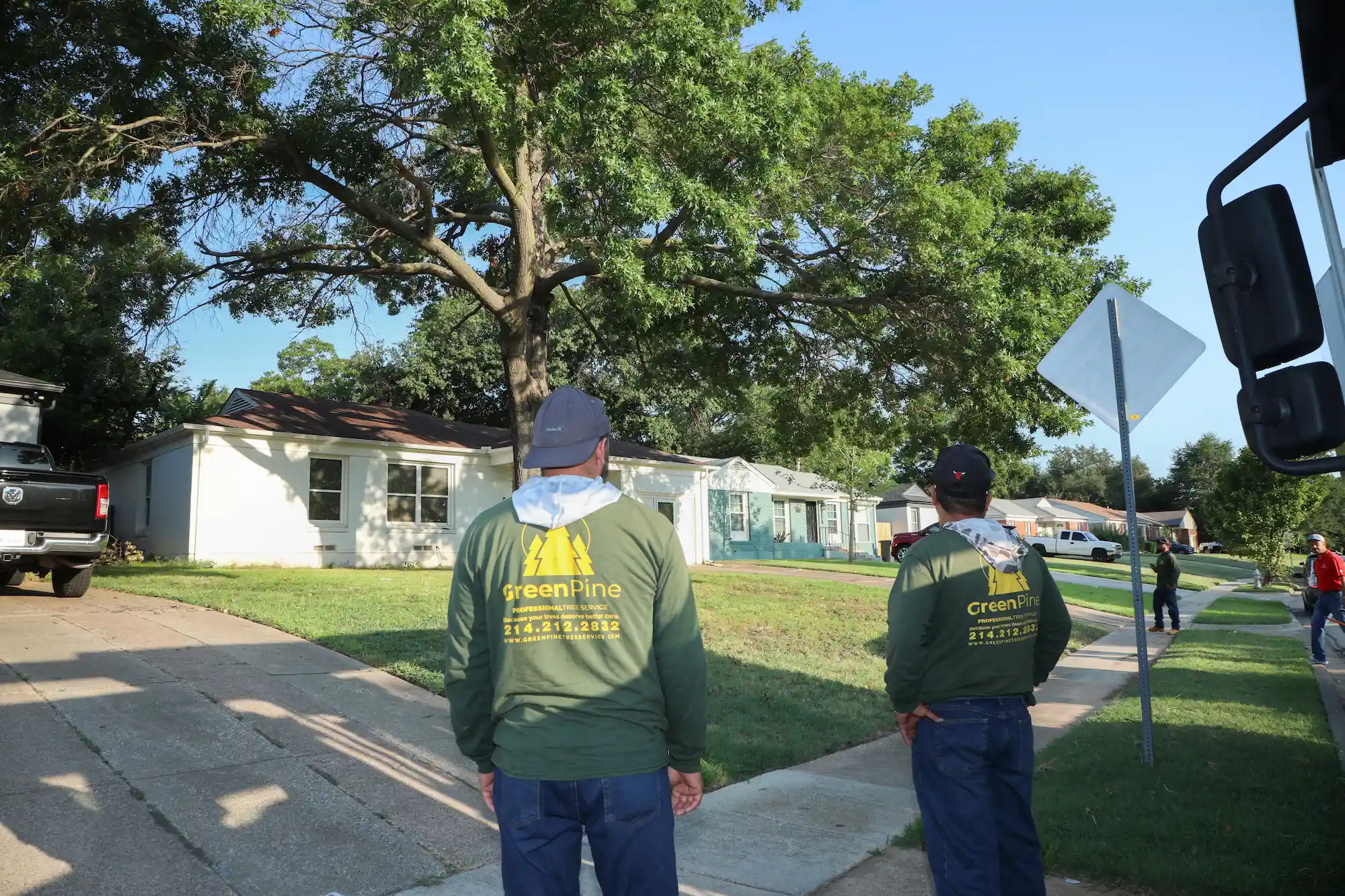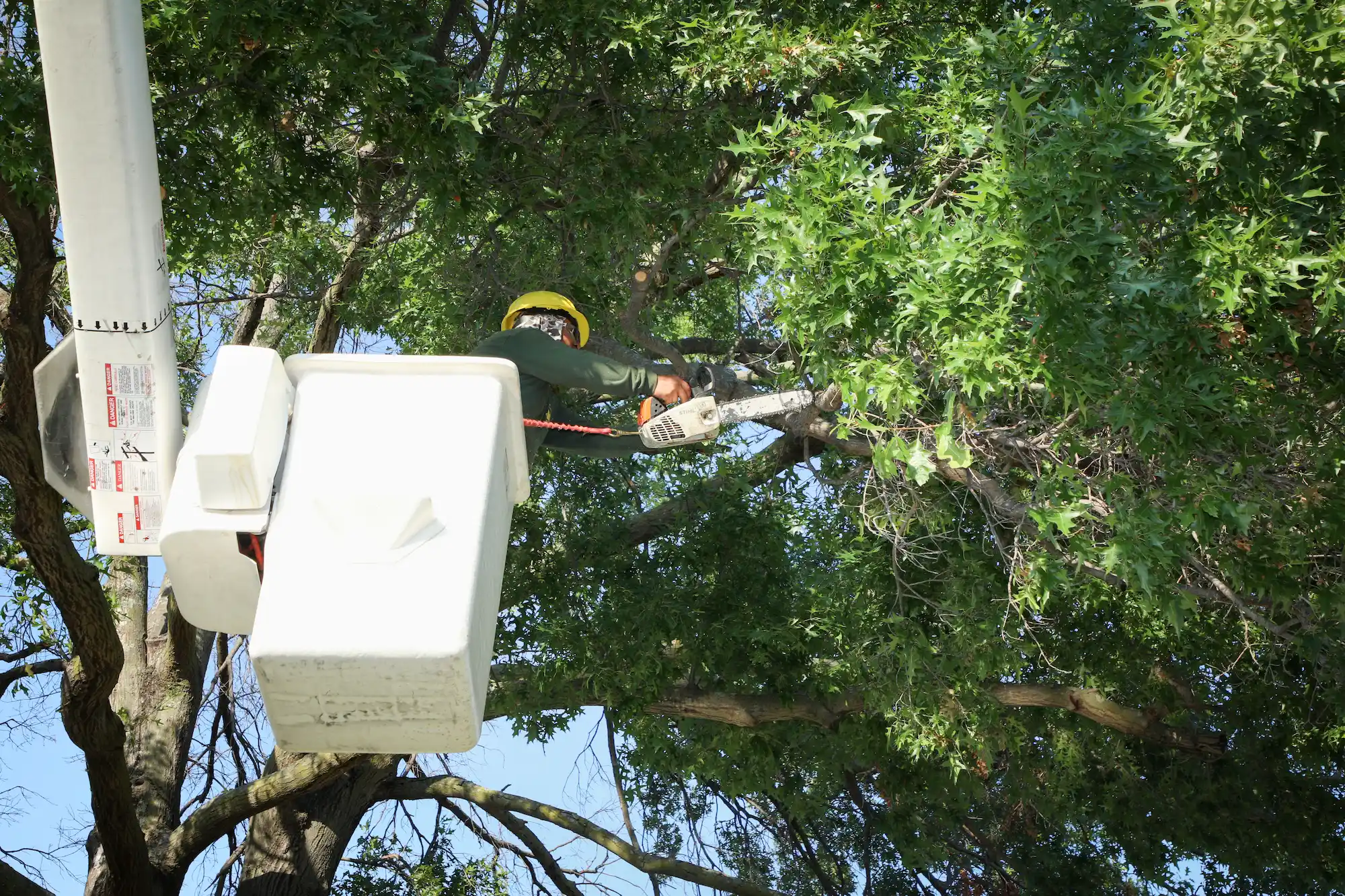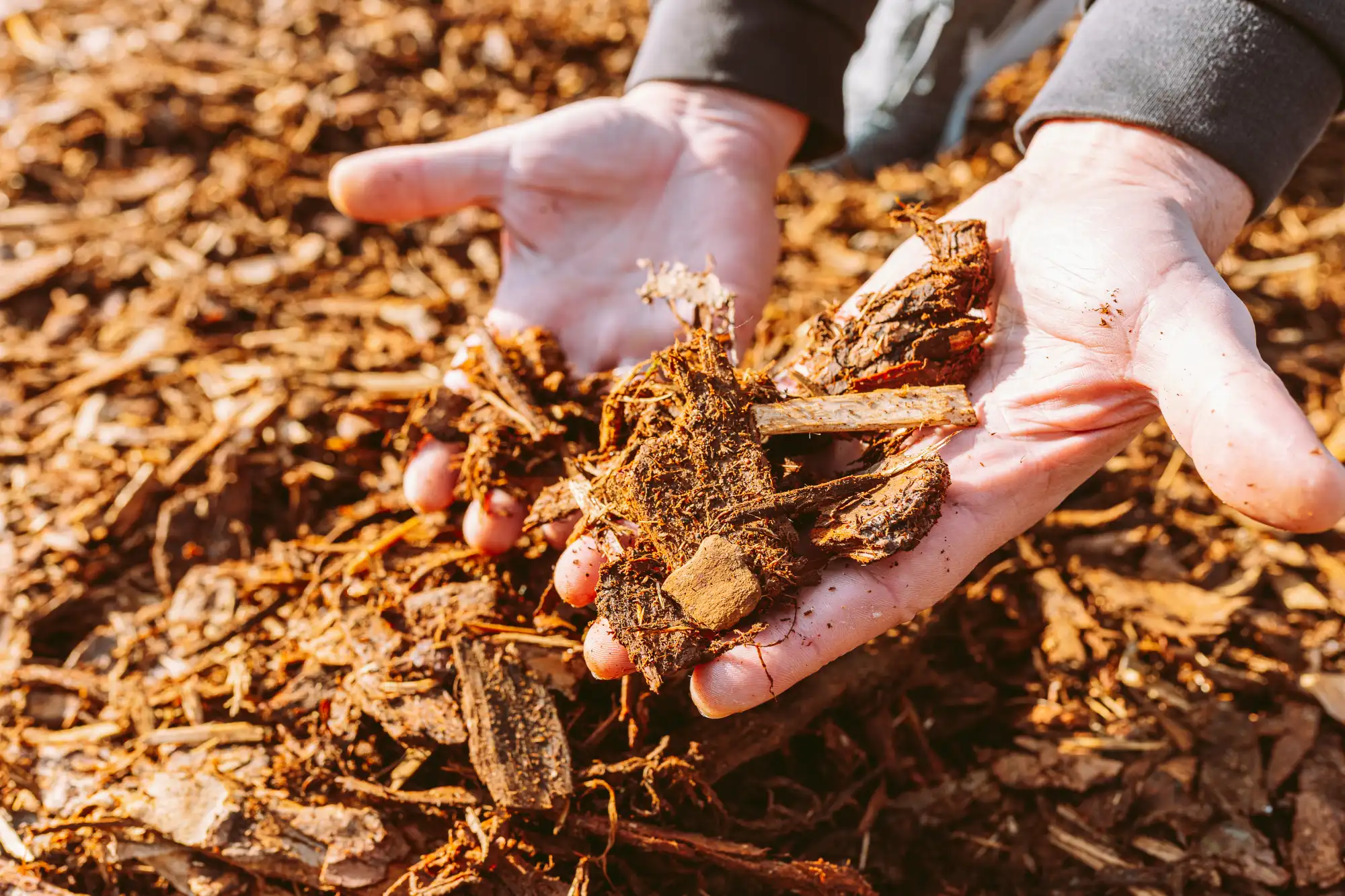A dead, sick, or dying tree can harm your home and property. Whether you’re dealing with a tree that has succumbed to disease or one that has outgrown its space, knowing how to remove a tree safely and efficiently is crucial.
In this article, we explore different types of tree removal methods and provide insights into the steps you can take to safeguard your property.
Understanding the Risks
A deteriorating tree can become a hazard. It can potentially cause severe damage to your home, vehicles, or other structures. As branches weaken and the tree becomes unstable, the risk of falling limbs increases, especially during storms or high winds.
If your tree is suffering from a contagious disease, removing it promptly is essential to prevent the infection from spreading to other trees. A proactive approach to tree removal can help contain the threat and protect the overall health of your garden.
Types of Tree Removal
The type of tree removal methods are chosen based on the tree’s size, location, health, and the surrounding environment. Here are some common types of tree removal:
Felling
Tree felling is the traditional method of tree removal and involves cutting the tree at its base. This method is suitable for open spaces with sufficient room for the tree to fall without causing damage.
A professional Dallas tree service often uses directional felling techniques to control the tree’s descent.
Stump Grinding
After felling, the tree stump remains, posing a potential hazard and impeding future landscaping efforts. Stump grinding is a method that involves mechanically grinding the stump into wood chips.
This not only removes the visual obstruction but also accelerates the decomposition process.
Tree Climbing
In situations where space is limited, or the tree is located near structures, tree climbing techniques may be employed. Arborists use specialized equipment and climbing gear to ascend the tree and systematically dismantle it in sections.
This method allows for precise control over the tree removal process.
Chemical Tree Removal
Chemical tree removal involves the use of herbicides to kill the tree. This method is less common and is typically used for smaller trees. It requires patience as the tree takes time to die and decay.
Steps on How to Remove a Tree Safely
Before starting tree removal, assess the tree’s health, size, and location. Identify potential hazards, like nearby power lines or structures, and plan accordingly. Consider hiring a professional service that specializes in tree removal in Dallas if the tree is huge or poses a high risk.
Wear appropriate safety gear, including:
- Helmet
- Gloves
- Eye protection
- Sturdy footwear
Familiarize yourself with the equipment and follow all safety guidelines provided by the manufacturers. When in doubt, rather find a tree service in Dallas that can help you with tree removal and trimming.
The Importance of Expert Tree Felling
Knowing how to remove a tree is essential for maintaining a healthy and safe environment in your garden. Whatever method you use, prioritizing safety and understanding your tree’s needs is crucial.
If in doubt, seeking the expertise of a professional arborist ensures that tree removal is conducted safely. At GreenPine Tree Service in Dallas, Texas, we provide expert assistance and service to our clients. For peace of mind, contact us today.



